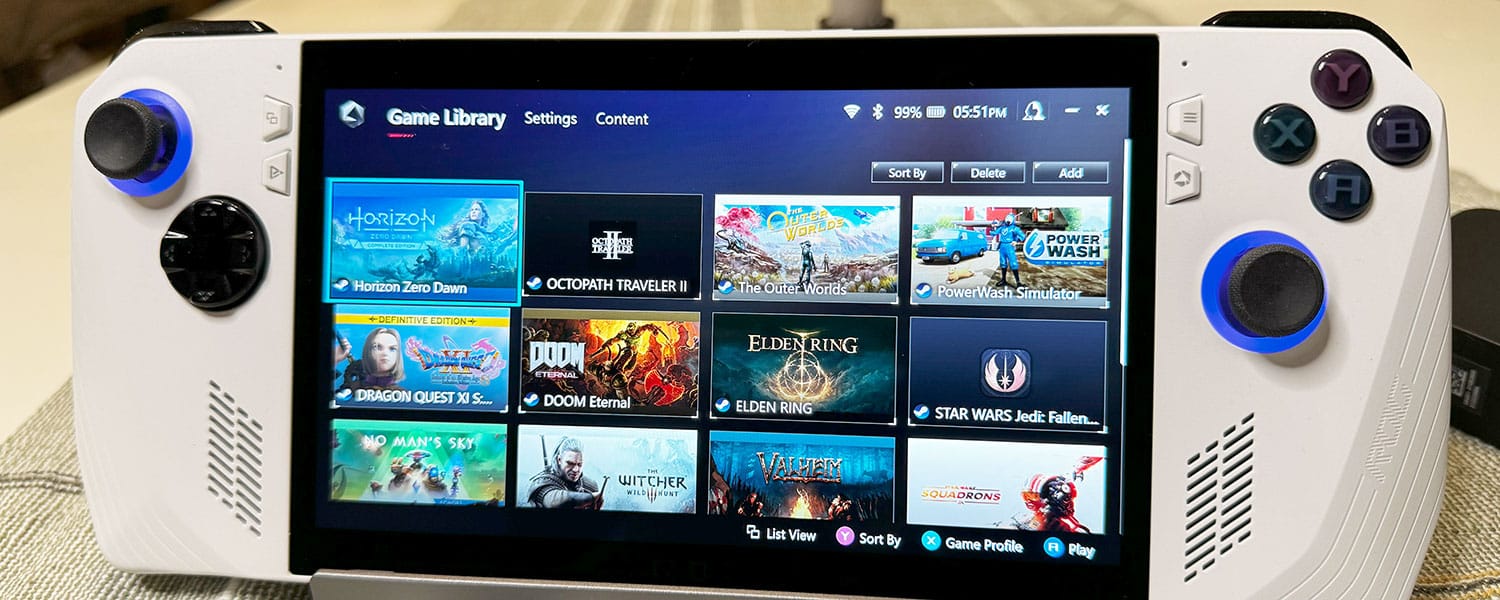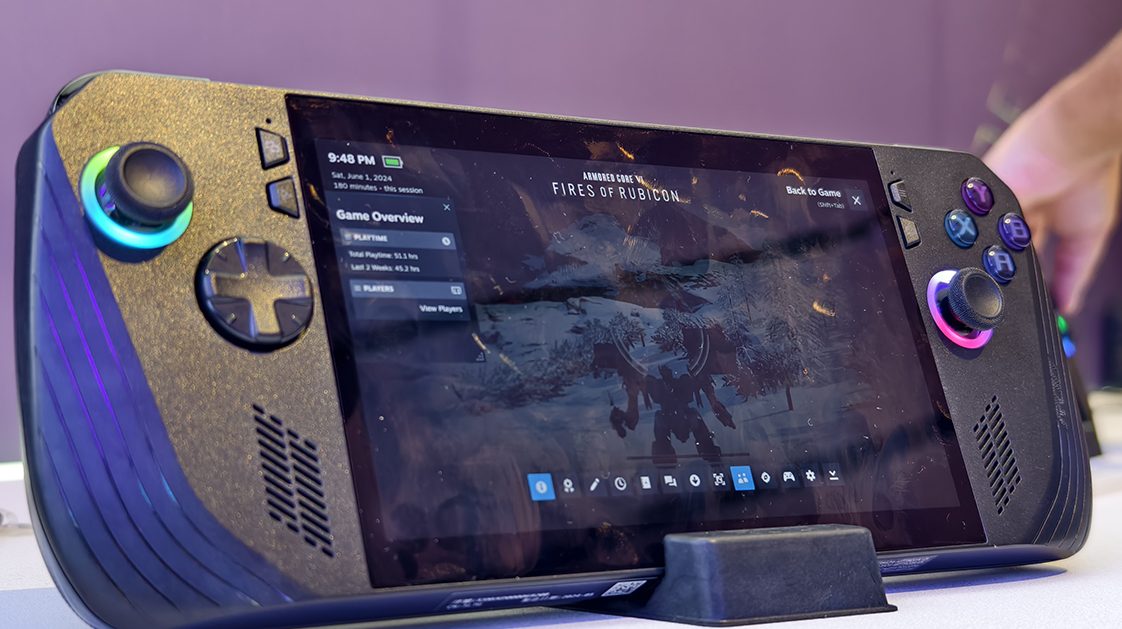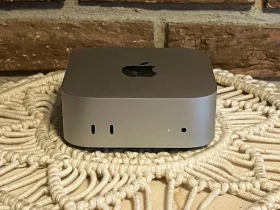In recent years, PC gaming has transitioned from traditional, bulky setups with high frame rates and massive resolutions to more portable and modest solutions. This shift reflects a growing demand for gaming devices that are both powerful and portable, moving away from the large, RGB-lit towers that were once the norm.
In 2023, Asus introduced the ROG Ally, a portable gaming PC designed to compete with Valve’s Steam Deck. Unlike the Steam Deck, which operates on Linux, the Ally uses Windows, aiming to offer broader game compatibility and easier access to various PC gaming storefronts.
As of 2024, the Ally X has been released, featuring significant hardware improvements over its predecessor, including enhanced form factor and functionality.
The Ally X, priced at $799, retains the AMD Ryzen Z1 Extreme processor from the original model but enhances its capabilities with more memory and a larger battery. It boasts 24GB of RAM and an 80Wh battery, which provides impressive longevity during gaming sessions.

The device continues to use a 7-inch, 1080p LCD screen, which, while not as vivid as an OLED display, offers a clear and satisfactory visual experience.
Despite some frustrations with Windows as an operating system for handheld gaming, the Ally X has proven to be a strong competitor to the Steam Deck. It provides a compelling portable gaming experience, although the Steam Deck still holds a slight edge in overall gaming satisfaction. The Ally X’s superior battery life and more compact design make it an attractive option for gamers on the go.
The review highlights some challenges with Windows 11, particularly its user interface and handling of portable gaming devices. Setup issues, such as problems with PIN recognition and inconsistent behavior when suspending the device, detract from the overall user experience. Windows quirks, such as unexpected desktop returns during gameplay, further complicate the experience.
On the hardware front, the Ally X is praised for its comfortable design and improved controls compared to the original Ally. The reshaped triggers, bumpers, and thumbsticks contribute to a more enjoyable gaming experience. The device also features a generous 65W charger and a new USB-C port, enhancing its functionality and convenience.
Asus made several notable upgrades to the Ally X, including doubling the battery capacity, increasing RAM to 24GB, and improving cooling systems. The addition of a second USB-C port is particularly appreciated, allowing for simultaneous charging and peripheral connections without the need for extra hubs.
Despite these improvements, the Ally X is not without minor drawbacks. The screen is prone to fingerprints, which can be exacerbated by the need to use the touch screen for Windows navigation. Additionally, the repositioned right thumbstick can sometimes accidentally touch the screen, causing in-game issues. The 16:9 aspect ratio of the screen is also seen as less ideal compared to the 16:10 ratio found on other devices.
The original Ally faced issues with overheating, which led to problems with SD card functionality. Asus has addressed these concerns with the Ally X, including a commitment to avoid similar issues and a standard one-year warranty. However, the company’s previous problems with customer service might still affect consumer trust.
The ROG Ally X is considered a substantial improvement over its predecessor. It delivers a top-tier portable gaming experience with excellent battery life and a refined design. While the operating system remains a challenge, the Ally X offers a solid alternative for those seeking a portable PC gaming solution with Windows compatibility.







Leave a Reply